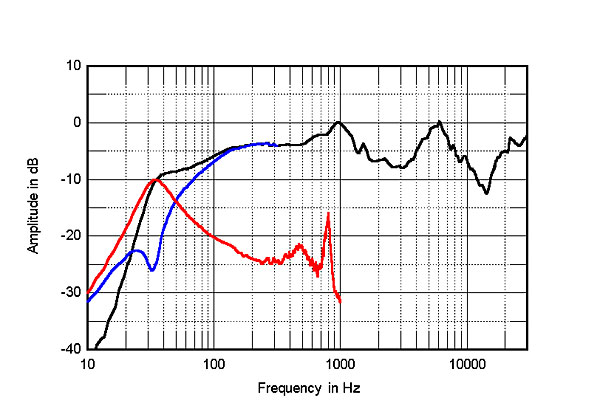| Columns Retired Columns & Blogs |
You mention the Dynaco ST120/A-25 combo which is my reference as well. (I still use my A-25's but sold my ST125 years ago.) I have kept the A-25's in service as they have the quality of never being fatiguing. I listen to audio almost constantly, music, news and sports. (I love a baseball game on the radio, or these days, being streamed over the internet) Since you have liked the A-25's, I'm guessing you heard this quality as well.
You never really followed up on on how the Sjöfn was different from the Dynacos, I'm sure it's better on the top-end, I'd be interested in your observations.
















































